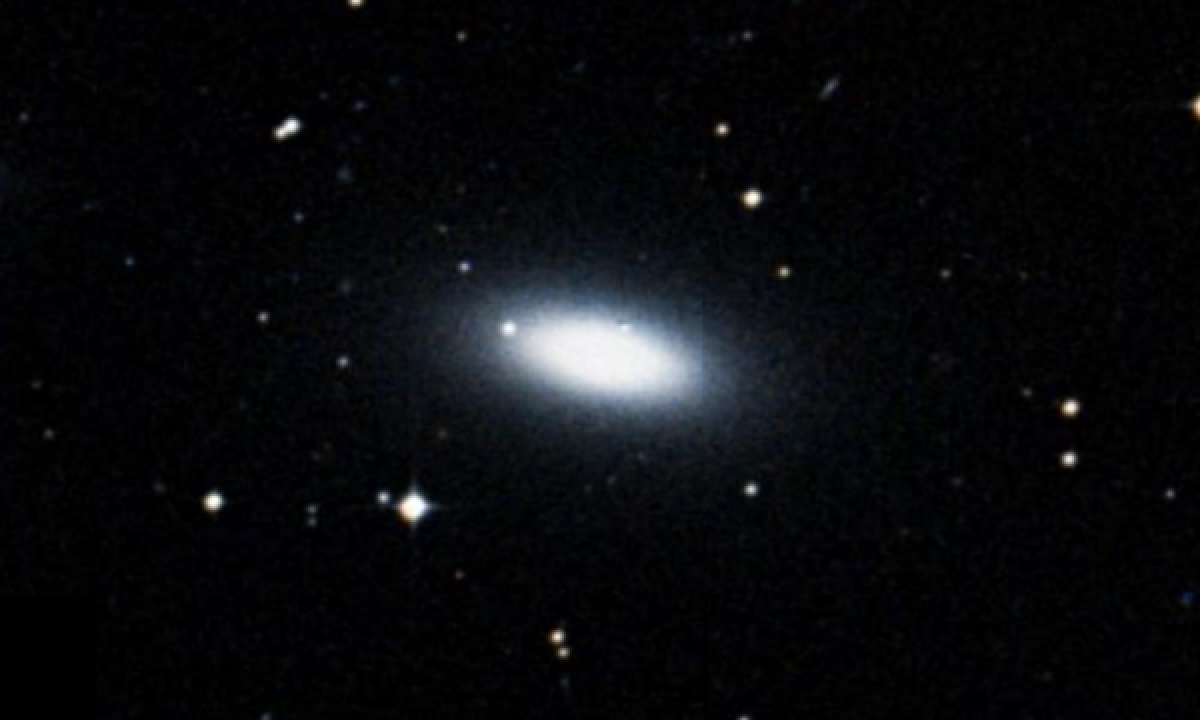The New General Catalogue of Nebulae and Clusters of Stars (abbreviated as NGC) is a catalogue of deep-sky objects compiled by John Louis Emil Dreyer in 1888. The NGC contains 7,840 objects, known as the NGC objects. It is one of the largest comprehensive catalogues, as it includes all types of deep space objects, including galaxies, star clusters, emission nebulae and absorption nebulae.
Know more about NGC
NGC 4546

NGC 4546 is a lenticular field galaxy located in the direction of the constellation Virgo, with a total population of globular clusters estimated at 390. It is a member of the Virgo II Groups, a series of galaxies and galaxy clusters strung out from the southern edge of the Virgo Supercluster. Located 45.6 million light years away, with a stellar mass of about 27 billion solar masses, it has a declination of −03° 47' 35" and an average rise of 12 hours, 35 minutes and 29.5 seconds. NGC 4546 was discovered on December 29, 1786 by William Herschel. The galaxy appears to be home to a supermassive black hole with a mass of 256 million (± 16 million) times the mass of the Sun. It is estimated to have 390±60 globular clusters. NGC 4546 appears to have at least 2 companions, NGC 4546-UCD1 and CGCG 014-074.
More Images:

Sources:
Wikipedia Page: NGC 4546
NGC 4546 at In-The-Sky website
